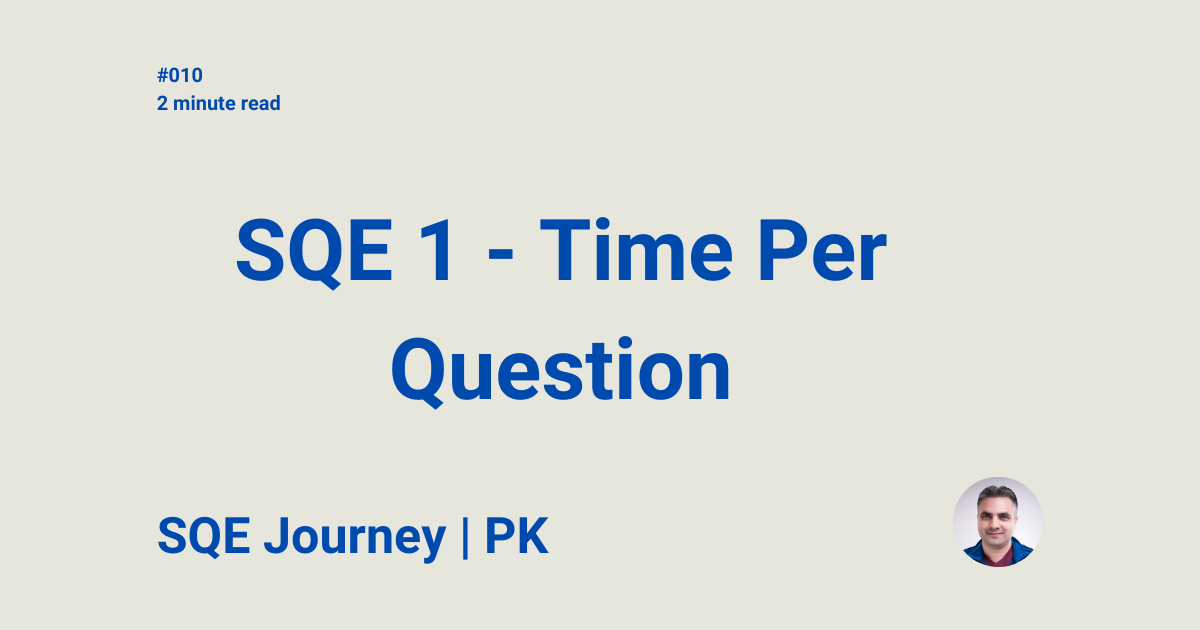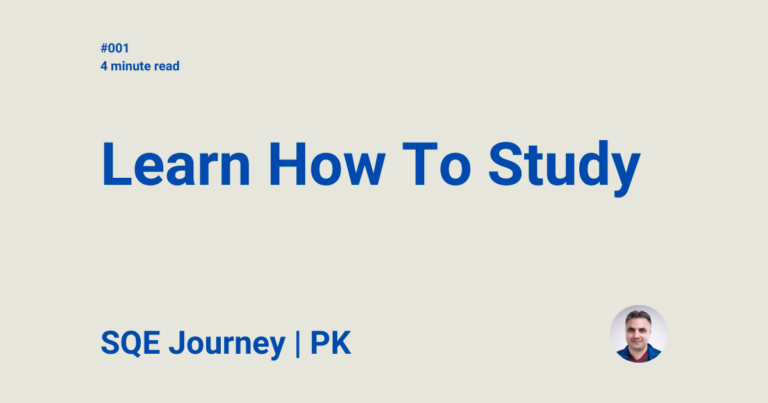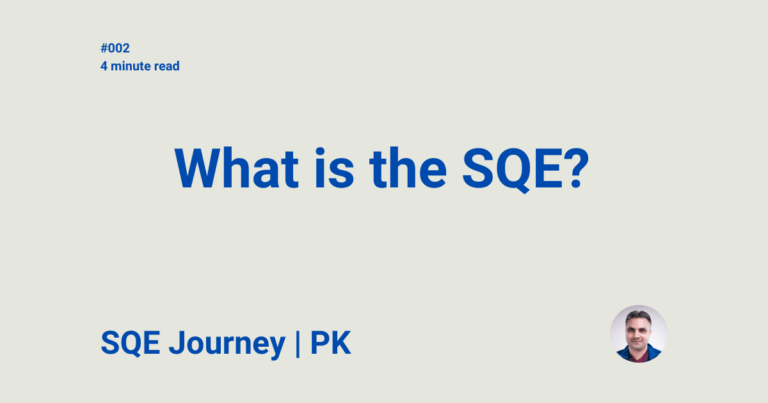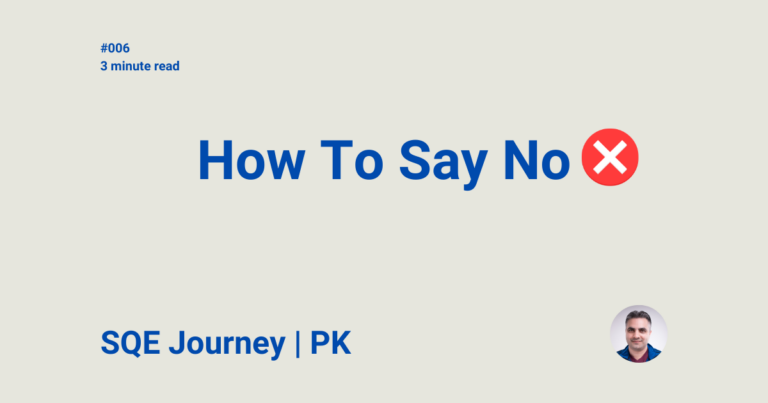SQE 1 – Time per Question
The last thing you want while taking SQE 1 is to run out of time. In this issue we break down SQE 1 – time per Question.
For a breakdown of SQE 1, read what is the SQE exam.
SQE 1 is broken down into FLK 1 and FLK 2 taken over two days. Each day breaks down as follows:
- 2 hours and 33 mins to take the first 90 questions
- 60 mins for a break
- 2 hours and 33 mins to take the next 90 questions
SQE 1 – Time Per Question
TLDR
For each SQE 1 question you have approximately 1.7 per question (Confirmed by the SRA)
Calculation – Time Per Question
- 2 hours and 33 mins is the equivalent of 60 mins + 60 mins + 33 mins = 153 mins
- 153 minutes divided by 90 questions = 1.7 minutes per question
Plan for the unexpected
Taking 180 questions over 6 hours in one day is not easy. It takes immense concentration and stamina, especially when you start question 40/ 45 of 90 for each session.
All About Law states “you have under two minutes per question”
Google AI overview states “you have approximately 1 minute and 42 seconds per question on average”
BARBRI states “With 1 minute 42 seconds per question”
Legal Cheek states “you have an average of 1 minute 42 seconds to answer each question”
The College of Legal Practice states “you have 1 minute and 42 seconds on average per question”
1.7 minutes = 102 seconds = 1 minute 42 seconds
Why not 1.7 minute per Question?
What happens if you need to step out for a sip of water, or to use the bathroom, or need to give your brain a break?
If you planned 1.7 minute per question, you do not want to run out of time.
By keeping a buffer you can use it for the unexpected.
Remember – This is a guideline
Some questions will be easier. Some questions will be more difficult. Hence the time per question is a guideline. It’s ok to answer a question faster or take a little more time.
However, do not spend 7 minutes (or insert a high number of your choice) on one question. We will talk about exam technique in a future issue.
Adding one More view
Another way to think about it is, for every 15 minutes aim to answer 10 questions.
| Question | Time |
| 10 | 15 mins |
| 20 | 15 mins |
| 30 | 15 mins |
| 40 | 15 mins |
| 50 | 15 mins |
| 60 | 15 mins |
| 70 | 15 mins |
| 80 | 15 mins |
| 90 | 15 mins |
| Total 90 questions | Total 135 mins |
Why 10 questions every 15 mins?
Because both are nice numbers and are easy to track.
Here’s what I mean. If you start the exam at the top of the hour, for example at 8 am, its easy to keep track of 10 question every 15 mins. At 9 am using this you’d be at 40 questions.
If you are ahead great. If you are behind you might need to start cutting into the buffer of 18 minutes (153 minutes minus 135 minutes equals 18 minutes).
Run your own numbers
I shared a few variations. My suggestion is to run your own numbers based on your strategy and how much buffer time you’d like. As you practice questions aim to practice the numbers you choose per question.






